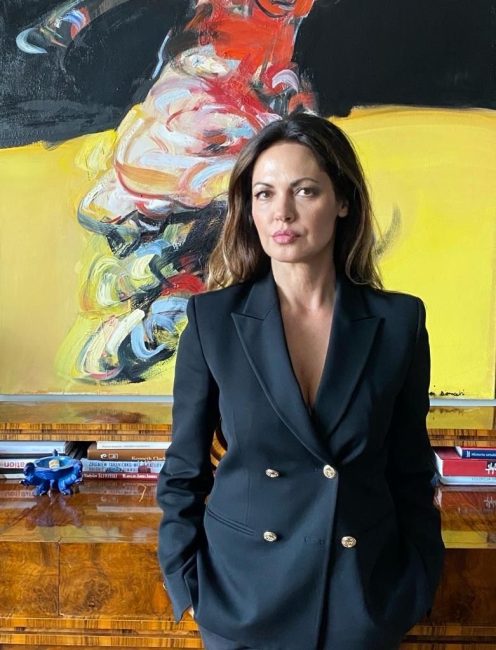Knight of the Order of Santiago
Velázquez was granted knighthood in the prestigious Order of Santiago, acknowledging his service and status at the royal court.
Professional market valuation
Exhibitions and curatorship
Discreet transactions
Art as an investment
Collection care
Art for clients
Art trading
Purchases and auctions
Art in interiors - hotels, residences, facilities
Artworks for spaces
Authenticity verification
Art leasing
Diego Velázquez (1599–1660)
Painter of reality and illusion – master of the royal portrait.
Style: Spanish Baroque. Known for realistic yet subtle portraits – his most famous work, Las Meninas (The Maids of Honour), is a masterpiece about the act of seeing.
Technique: Used short, precise brushstrokes. Combined direct observation with deep symbolic meaning.
Fun fact: His influence on later artists like Picasso and Manet was immense. They understood that in his paintings, it’s not only the subject who is seen – the viewer is also drawn into the gaze.
Why he matters today: Velázquez is a genius of nuance. He shows how an everyday scene can become a profound metaphor.
 Joanna Piotrowska - Art Advisor & Marszand
Joanna Piotrowska - Art Advisor & Marszand
Diego Rodríguez de Silva y Velázquez (1599-1660) was a leading Spanish Baroque painter, court artist to King Philip IV, and a preeminent figure of the Spanish Golden Age and Western art history. Known for his realistic portraits, historical and mythological paintings, and innovative brushwork, Velázquez produced masterpieces like Las Meninas and The Surrender of Breda.
Born in Seville in 1599, Velázquez apprenticed under Francisco Pacheco, developing skills in realistic depiction and studying classical art and literature. He married Pacheco’s daughter in 1618.
Velázquez moved to Madrid in the early 1620s, becoming court painter for King Philip IV. He painted numerous royal portraits, including the king, queen, and royal children, and historical works such as The Surrender of Breda.
Velázquez made two trips to Italy, where he studied masters like Titian and Rubens, and painted important works including Apollo in the Forge of Vulcan and the Portrait of Pope Innocent X.
His late period included masterpieces such as Las Meninas, depicting the royal family and complex play of perspective and representation. He also gained knighthood and official court positions.
Spanish
Painter, Portrait
Portraits of Spanish royal family and commoners, mythology, historical events, kitchen scenes (bodegones), religious scenes
Velázquez was granted knighthood in the prestigious Order of Santiago, acknowledging his service and status at the royal court.
Following the acclaimed Portrait of Pope Innocent X, Velázquez was accepted into the prestigious Roman academy for painters.
Velázquez was appointed to a high court office responsible for royal quarters, reflecting his elevated status in court.
Velázquez freed his assistant and slave, Juan de Pareja, who was also trained as a painter.

